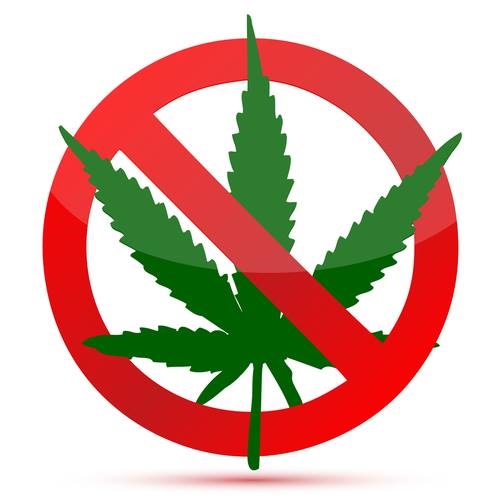Big Marijuana moves to exploit the Opioid Epidemic
/From our friends at the Drug Free America Foundation
What does the science say about marijuana and opioids?
Marijuana use is associated with an increased risk of prescription opioid use.
The National Institute on Drug Abuse analyzed data from the National Epidemiologic Survey on Alcohol and Related Conditions and found respondents who reported past-year marijuana use in their initial interview had 2.2 times higher odds than nonusers for having a prescription opioid use disorder and 2.6 times greater odds of abusing prescription opioids.i
Marijuana use seems to strengthen the relationship between pain and depression and anxiety, not ease it.
A recent study that surveyed 150 adults receiving MAT examined whether marijuana use diminishes the relationships between pain, depression, and anxiety and whether self-efficacy influences these interactions. The study concluded that marijuana use strengthens the connection between feelings of pain and emotional distress. Marijuana use was also associated with a low sense of self-efficacy, making it harder for them to manage their symptoms.ii
The current opioid epidemic in the US has been universally recognized as one of the most important public health issues to date. Opioid overdoses have increased by 200% since 2000 with more than 53,000 individuals dying from an opioid overdose in 2016 alone. Opioids have dominated drug policy and funding discussions at both the state and federal level and now Big Marijuana is moving in to profit from this health care crisis.
Leveraging an ecological study,iii the marijuana lobby is pushing states to expand medical marijuana access to include opioid use disorders. The evidence that increased access to marijuana has reduced opioid overdose deaths however is weak and shortsighted. The cited study fails to account for a decade worth of drug prevention and policy efforts that reduced access to powerful prescription opioids as well advancement of overdose prevention strategies.
Nationwide efforts that increased access to Naloxone (overdose reversal medication), Medicated Assisted Treatment programs (MAT, methadone and buprenorphine programs), and the passage of Good Samaritan laws (legal protection for those who assist a person who is experiencing an overdose) have all played a significant role in reducing overdose risks.
Legislative measures to curb doctor shopping by enacting prescription drug monitoring programs, limiting the amount of pills in initial opioid scripts, regulating pain clinics, and prosecuting unethical prescribers have all helped to reduce the nonmedical use of opioids.
Failing to account for these variables and pushing an agenda that would increase access to marijuana without any regard to science is the most recent example of Big Marijuana putting profits before public health and safety.
Scientific findings demonstrate that expanding medical marijuana laws to allow marijuana for opioid use disorder treatment is not only premature, but reckless.
i Olfson, M., Wall, M. M., Liu, S., & Blanco, C. (2018). Cannabis Use and Risk of Prescription Opioid Use Disorder in the United States. American Journal of Psychiatry, 175(1), 47-53. doi:10.1176/appi.ajp.2017.17040413
ii Marian Wilson, Hannah Y. Gogulski, Carrie Cuttler, Teresa L. Bigand, Oladunni Oluwoye, Celestina Barbosa-Leiker, MaryLee A. Roberts. Cannabis use moderates the relationship between pain and negative affect in adults with opioid use disorder. Addictive Behaviors, 2018; 77: 225 DOI: 10.1016/j.addbeh.2017.10.012
iii Bachhuber MA, Saloner B, Cunningham CO, Barry CL. Medical cannabis laws and opioid analgesic overdose mortality in the United States, 1999-2010. JAMA Intern Med. 2014 Oct;174(10):1668-73. doi: 10.1001/jamainternmed.2014.4005

